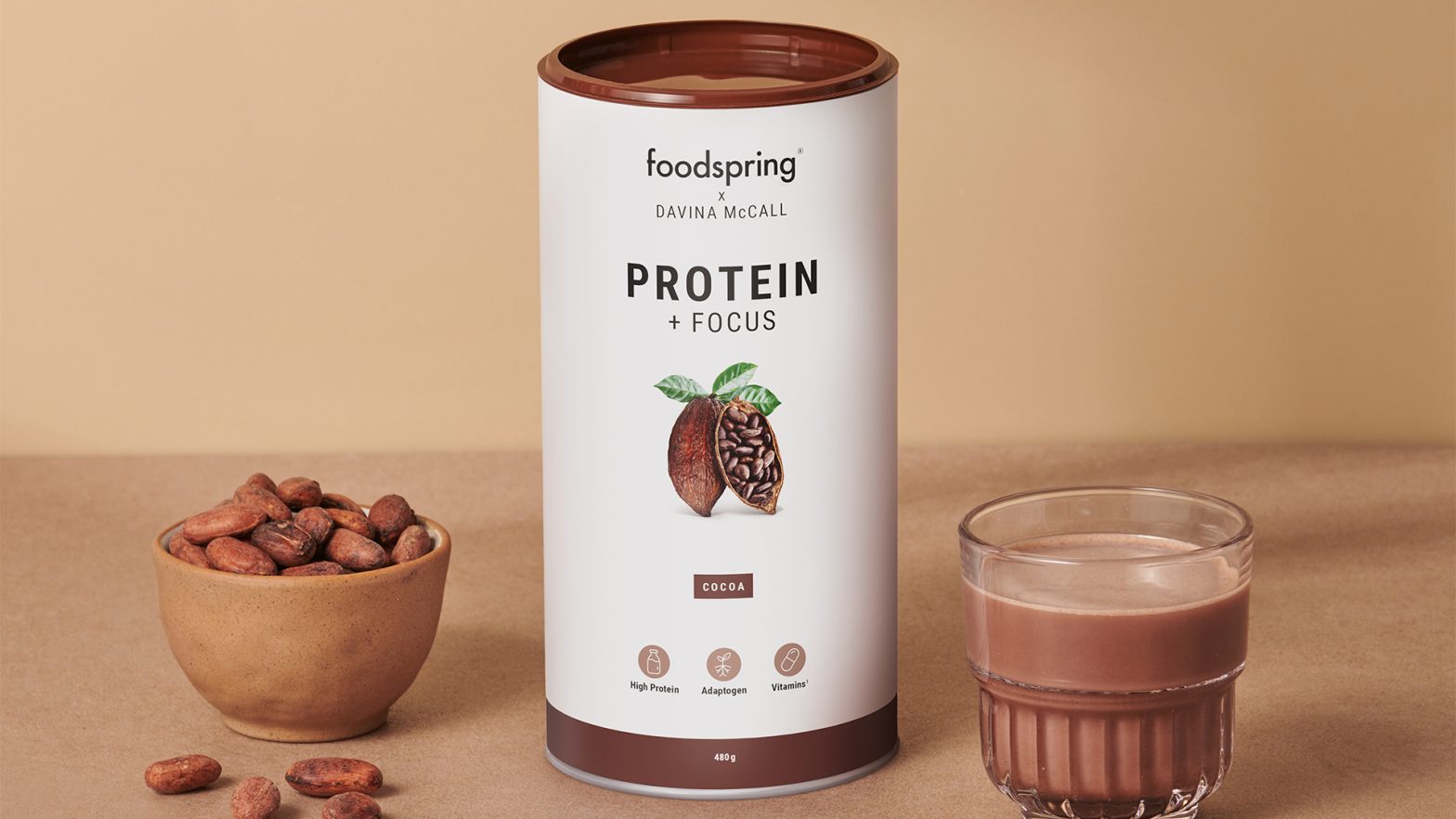
Five Unexpected Ways Your Car Colour Affects Your Driving Experience
When choosing to purchase a vehicle, there are a number of factors to take into consideration. You might not realise it, but the colour of the vehicle is an important one. In addition to saying a lot about your personality, the colour of your car could partially determine your overall driving experience. As well as insurance premiums, there is evidence to suggest that car colour also has an influence on driving style, the likelihood of being in an accident, and indeed the price of the car.
1. The impact of car colour on driving style
In the UK and the US, the most popular colour for cars purchased in recent years is grey/silver. In the US 23% of new cars bought are silver, 15% are white, at 12% are black. There’s a similar landscape in the UK, where 23% of new cars bought in 2019 were grey, 20% were black, and 18% were white.
Those purchasing these new vehicles are among the more affluent members of society, therefore illustrating the association of grey, black, and white cars as more elegant and sophisticated. With regards to driving style, it’s said that those driving white cars are more likely to be orderly and follow the rules of the road. Those driving black cars tend to be more arrogant and like to control the road, and drivers of grey/silver vehicles are considered to be safe and display less evidence of erratic behaviour.
2. Which colour cars are more likely to be in an accident?
Research indicated that black cars are more likely to be involved in road traffic incidents, than any other colour of vehicle. An investigation carried out by Monash University in Australia, revealed that compare to white vehicles, black cars are 12% more likely to experience a crash. Behind black cars are grey, then silver, and then red and blue. Pale cars such as yellow and beige were found to have similar statistics as white, but white is deemed to be the safest colour for a car.
The reason why darker colour cars are thought to be less safe, is simply because their visibility is lower. Even while using headlights, a black car is more difficult to see than a white one.
3. How car colour affects insurance
Officially, the colour of a car should not have an impact on its insurance price, unless it has changed due to vehicle modifications. Any modifications relating to paintwork can cause anything up to a 36% rise in insurance premiums.
Even though insurers claim that the colour of a vehicle has no impact on the price, it is generally found that darker coloured vehicles have higher costing insurance. This is because, as per the aforementioned statistics, darker vehicles are more likely to be involved in an incident. Insurance companies charge more if they believe the chances of a claim are higher.
4. Research shows which car colour are more attractive to thieves
The Monash University Accident Research Centre has conducted investigation surrounding which vehicle colour is the most likely to be stolen, and the results are certainly surprising. The most commonly stolen cars are in fact green, at a rate of 3.58 out of every 1000. Behind this is black, at 2.96/1000, followed by red at 2.81/1000, and then white at a rate of 2.65 out of 1000.
5. How car colour impacts the price of a vehicle
Automation valuation group CAP HPI have investigated the effects of colour on a car’s value, and it has been discovered that the colour of a vehicle can drastically lower its worth. White cars have the most resistance against depreciation, whereas more unusual colours such as bright pink will suffer from significant decline in value. The research found that gold, green, turquoise and maroon cars can be worth up to between four and six percent less than the overall market average.
It’s clear that when it comes to safety and value, white cars consistently appear at the top of the list. Black, silver and grey cars have their merits and continue to be popular choices, and bolder colour choices fall far behind. While the choice of which car to purchase is, of course, a distinctly personal one, it’s true that the implications of a colour should be part of the decision-making process.
Witten in collaboration with Keith Michaels, modified car insurance brokers with 30 years’ experience.











































